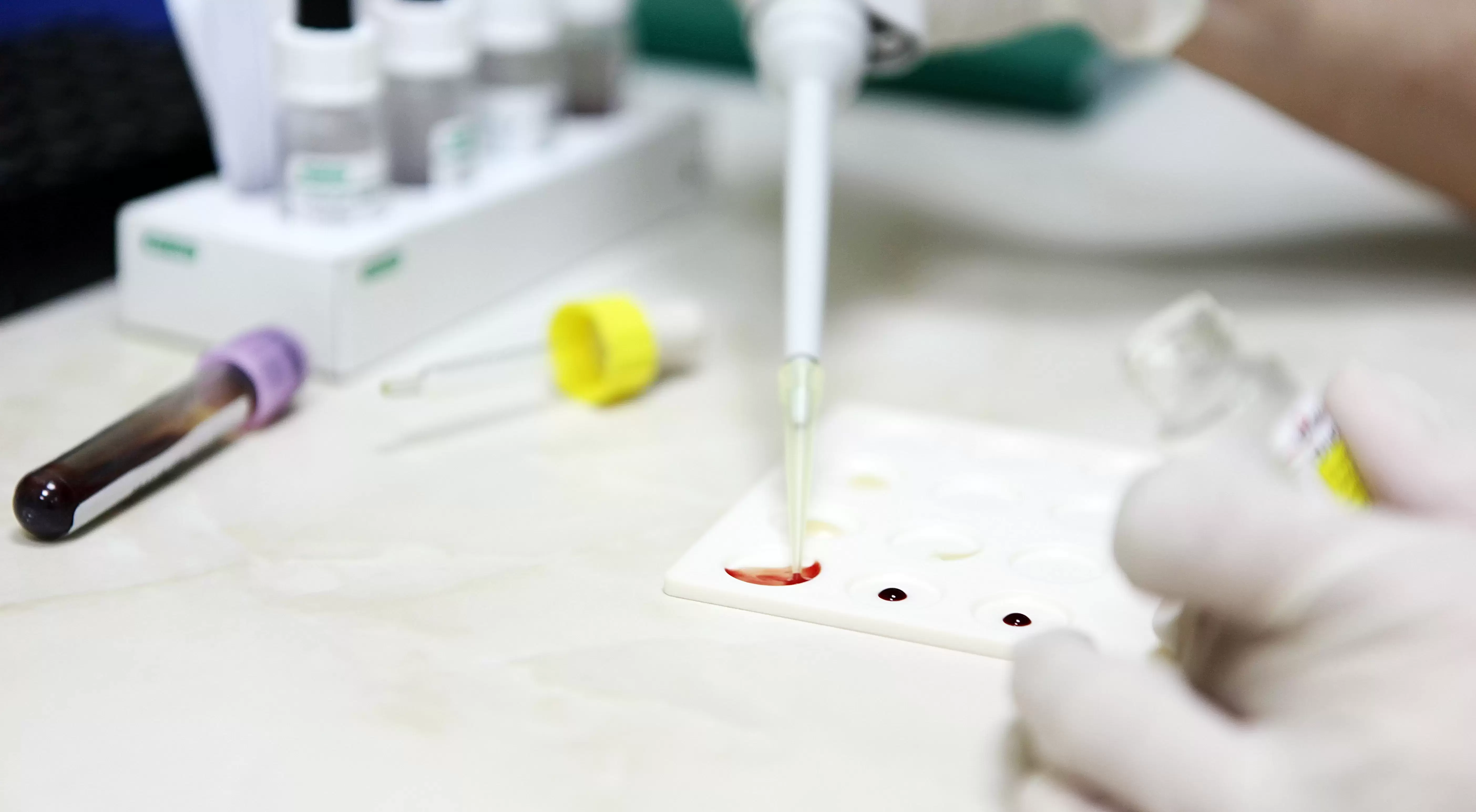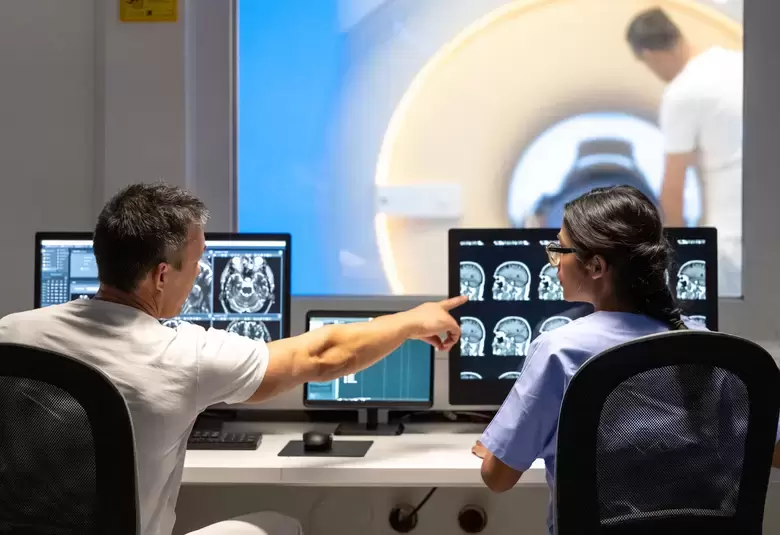Which treatment is best suited for which type of depression? Patients with a subtype of major depressive disorder (MDD) associated with inflammation appear to be more likely to respond to a dopaminergic or glutamatergic antidepressant rather than to a selective serotonin reuptake inhibitor (SSRI), and inflammatory biomarkers might be linked to different treatment outcomes according to evidence presented at APA 2019.
각 우울증 유형별로 최적의 치료 방법은 무엇일까요? 2019년 미국정신의학회 연례 회의(APA 2019)에서 제시된 근거에 따르면, 주요우울장애(MDD) 중 염증이 관련된 환자는 선택적 세로토닌 재흡수 억제제(SSRI)보다 도파민성 또는 글루타메이트성 항우울제에 반응성이 더 좋은 것으로 보입니다. 또한, 염증성 바이오마커는 치료 결과가 다르게 나타나는 것과도 관련이 있을 수 있습니다.
In short-term studies, the treatment of depression has shown to unfortunately be associated with low rates of response and remission, with only one in three patients with depression achieving remission. This begs the question “Who will respond to treatment?”, asked Professor Madhukar Trivedi, University of Texas Southwestern Medical Center, Dallas, TX.
몇 가지 단기 연구 결과를 살펴보면, 안타깝게도 우울증 치료에서는 반응률과 관해율이 낮은 것으로 나타났으며, 우울증 환자 중 오직 3분의 1만이 관해에 도달하였습니다. 이에 관해 미국 텍사스주 달라스 텍사스주립대 사우스웨스턴병원의 마두카 트리베디(Madhukar Trivedi) 교수는 “과연 어떤 환자가 치료에 반응하는가?”라는 질문을 던졌습니다.
The inflammatory subtype of MDD
주요우울장애의 염증성 하위유형
An inflammatory MDD subtype is associated with suicidal ideation
주요우울장애 중 염증성 하위유형은 자살 생각과 관련이 있습니다
The heterogeneity of MDD results in many different subtypes, one of which may be an inflammatory subtype. Accurately matching patients with different subtypes of MDD to current treatments and identifying new therapies to target inflammatory biotypes are steps towards personalized medicine in psychiatry, explained Professor Trivedi.
주요우울장애는 이질성(heterogeneity) 때문에 다양한 하위유형으로 분류되며, 염증성 하위유형은 그 중 하나입니다. 트리베디 교수의 설명에 따르면, 정신의학 분야의 맞춤형 치료 개발을 위해서는 기존 치료법 가운데 각 주요우울장애 하위유형 환자에게 알맞은 치료법을 정확히 찾고 염증성 생물형(biotype)을 표적으로 삼는 새로운 치료법을 알아내야 합니다.
An inflammatory subtype of MDD is associated with a much more severe course1 than other subtypes and is also associated with suicidal ideation,2 he said. How inflammation impacts MDD is not known, but it is known that:
주요우울장애의 염증성 하위유형은 다른 하위유형에 비해 질환의 경과가 상대적으로 심각하며1, 또한 자살 생각2과도 관련이 있다고 트리베디 교수는 말했습니다. 염증이 주요우울장애에 얼마나 영향을 미치는지는 알 수 없지만, 다음과 같은 사실들은 알려져 있습니다.
- inflammatory cytokines may influence the development of depressive symptoms through their influence on neurotransmitter systems including dopamine and glutamate
- 염증성 사이토카인은 도파민, 글루타메이트 등 신경전달물질 체계에 영향을 미쳐 우울증상 발현에 기여할 수 있습니다.
- some depressive symptoms, such as anhedonia, fatigue, and appetite and sleep disturbances, have been more closely linked to inflammation than others
- 무쾌감증, 피로, 식욕 및 수면장애 등 일부 우울 증상은 염증과 특히 밀접히 연관되어 있습니다.
Can inflammatory biomarkers guide more effective treatments?
염증성 바이오마커는 보다 효과적인 치료에 도움이 되는가?
Increased levels of the inflammatory biomarker C-reactive protein (CRP) is associated with decreased connectivity in the corticostriatal reward circuitry, said Professor Trivedi. The decreased connectivity between the ventral striatum and ventromedial prefrontal cortex correlates with increased anhedonia.3
염증성 바이오마커인 C-반응성 단백질(CRP)의 수치 증가는 피질선조체 보상회로(corticostriatal reward circuitry)의 연결성 감소와 관련이 있다고 트리베디 교수는 설명했습니다. 복측 선조(ventral striatum)와 복내측 전전두 피질(ventromedial prefrontal cortex) 간의 연결성 감소는 무쾌감증 심화와 상관관계가 있습니다.3
Furthermore, depression becomes less severe in patients with MDD; and higher baseline levels of CRP when treated with a dopaminergic antidepressant combined with SSRI than when treated with SSRI monotherapy.4
또한, 기저치 CRP 레벨이 높은 주요우울장애 환자의 경우 SSRI를 이용한 단일요법보다는 도파민성 항우울제와 SSRI를 함께 사용할 때 우울증의 중증도가 더 낮아졌습니다.4
Inflammatory biomarkers might help to optimize antidepressant selection
염증성 바이오마커는 항우울제 선택 최적화에 도움이 될 수 있습니다
Similarly, higher baseline platelet-derived growth factor (PDGF) is associated with a greater reduction in depression severity and anhedonia when MDD is treated with a dopaminergic antidepressant combined with SSRI than when treated with SSRI monotherapy.5 PDGF is integral to the blood–brain barrier (BBB), increases with BBB disruption, and is associated with neuroinflammation.
마찬가지로, 기저치 혈소판유래성장인자(PDGF) 레벨이 높을 경우, SSRI를 이용한 단일요법에 비해 도파민 작용성 항우울제와 SSRI를 함께 사용하면 주요우울장애의 중증도 및 무쾌감증이 훨씬 완화됩니다.5 PDGF는 혈액-뇌 장벽(BBB)에 필수불가결한 요소로서, BBB 손상 시 PDGF 수치가 증가하고 신경 염증과도 관련되어 있습니다.
Professor Trivedi also described how transfusion of Th17 cells promotes learned helplessness in mice and depression-like behaviors, and that inhibiting interleukin-17 (IL-17) mitigates Th17 transfusion-dependent learned helpfulness.6 IL-17 is a proinflammatory cytokine and Th17 cells play a critical role in inflammation.
또한, 트리베디 교수는 Th17 세포 주입이 쥐의 학습성 무력감과 우울증 유사 행동에 어떻게 촉진하는지 설명했으며, 인터류킨-17(IL-17) 억제로 Th17 세포 주입에 따른 학습성 무력감이 완화됨을 보여주었습니다.6 IL-17은 전염증성 사이토카인이며, Th17 세포는 염증 발생에 중대한 역할을 수행합니다.
Inflammatory biomarkers might therefore be treatment moderators linked to different treatment outcomes. They could therefore be used to optimize treatment selection for individuals and provide early indications of treatment response.
결국, 염증성 바이오마커는 다양한 치료 결과와 관련된 치료 중재 요소일 수 있습니다. 따라서 염증성 바이오마커를 환자별 치료법을 최적화하고 치료에 대한 반응을 조기 파악하는 데 활용할 수 있을 것입니다.
For further reading on this topic, please see What is the role of inflammation in the pathophysiology of mood disorders?
이 주제에 관한 더 자세한 내용은 <염증이 기분장애의 병태생리에 어떠한 역할을 하는가?>에서 확인하시기 바랍니다.
본 자료는 Global Lundbeck 의학부에서 선별한 콘텐츠이며, 한국룬드벡의 의견과 다를 수 있습니다




